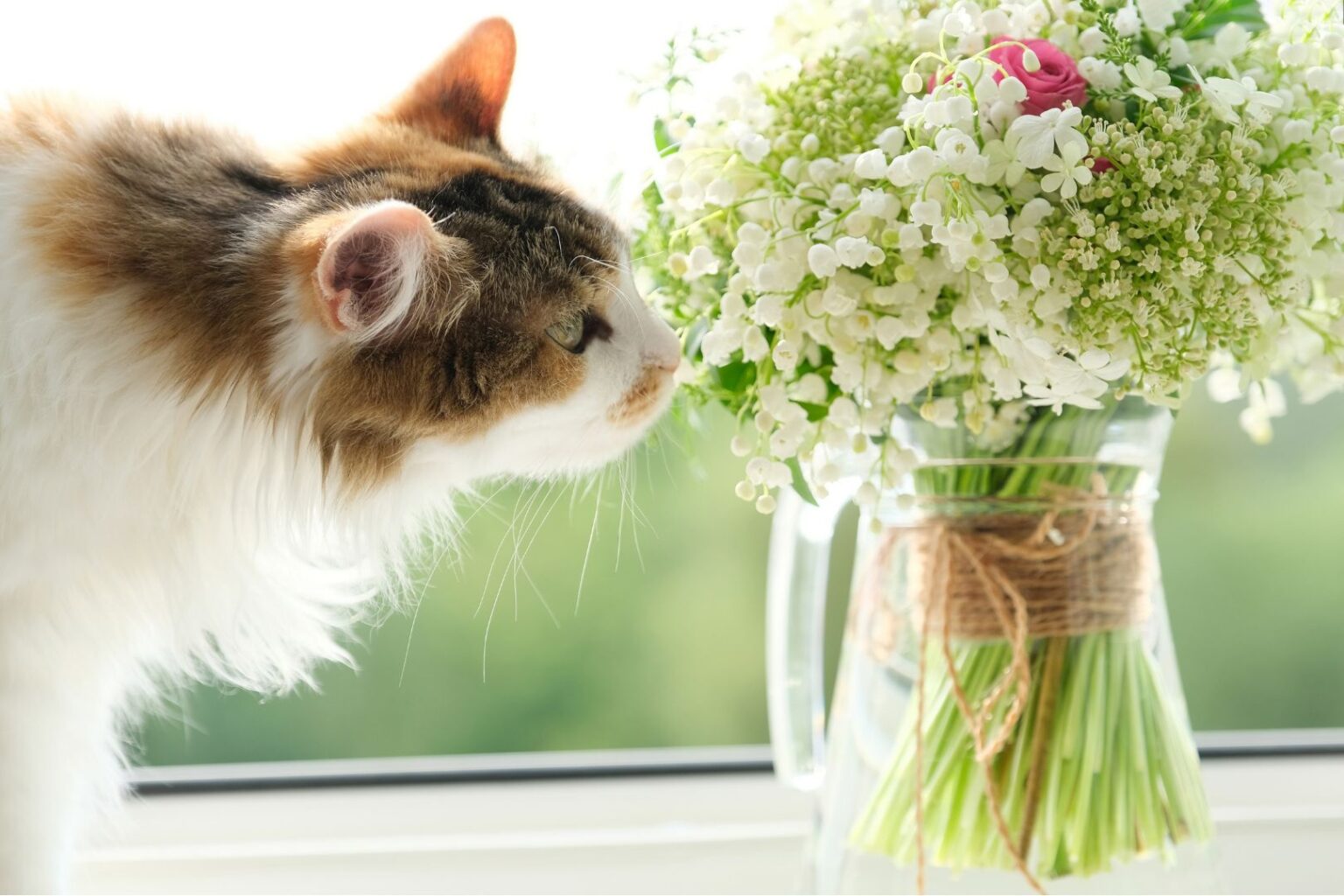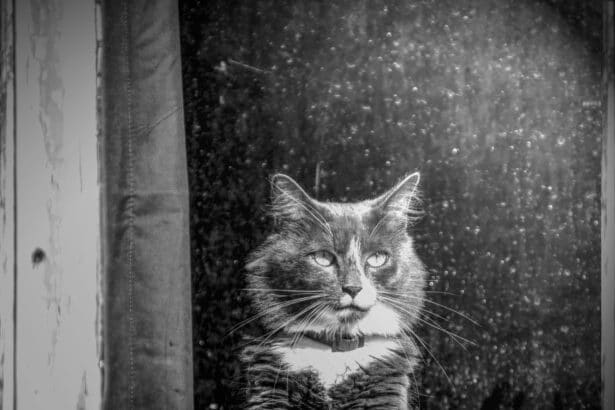The world of smells is a rich and complex universe for cats. Every scent is an essential source of information for these exceptionally sensitive animals. Smells can be used to mark their territory, signal their mood, or even communicate their state of health. But what smells do cats love? Follow the guide to enter the olfactory world of cats and learn how to use these scents for the well-being of your four-legged friend.
Understanding your cat’s olfactory preferences
The Role of the Sense of Olfaction in Cats
Many people think that cats only see the world through their eyes. Yet their sense of smell plays an equally crucial role in their lives and survival. Cats have up to 80 million olfactory receptors, making their sense of smell one of the most highly developed in the animal kingdom. Because their tongue is rough, they use their nose to explore their environment, decipher information and interact with their world. It’s not just a way of surviving, it’s also a matter of pleasure and social interaction for these animals. Cats love to explore the different smells that populate their world.
Decoding your chat preferences
To understand and interpret your cat’s olfactory preferences, you need to be aware of its behavior. Cats interact in different ways with the smells they enjoy. For example, if they rub themselves against a scented object, or if they smell a scent repeatedly, it usually means they like it. On the contrary, cats use avoidance behaviors to signal odors they find unpleasant. If you notice that your cat withdraws, grimaces or sneezes when it encounters a certain scent, this may indicate that it doesn’t like the smell and would be better off avoiding it.
The Smells Cats Love
Nature et Chats – The scent of aromatic herbs
One of the scents most appreciated by our feline friends comes directly from nature: the smell of aromatic herbs. Cats are notoriously fond of certain scents, such as catnip (Nepeta cataria), catmint (Teucrium marum) and valerian (Valeriana officinalis). These herbs have a euphoric effect on most cats and can be used to enrich their environment, both at home and out. For example, you can use them to scent your cat’s scratching post, cat tree or toys.
Food and Felines – Food Odors
Like us, cats are attracted by the smell of food. They particularly appreciate the smell of fish and meat, which they associate with a food reward. That’s why you may notice your cat jumping up as soon as you open a can of tuna, or salivating at a roast chicken or grilled steak. However, whatever your four-legged friend’s olfactory preferences, it’s essential to look after his diet and choose good quality kibbles, adapted to his nutritional needs, as we detail in this article ‘Feeding your cat well: our advice’.
How to Use Scents Cats Love at Home
Harmonie Olfactive – Coexisting human and feline scents
Harmonizing odors in your home isn’t always an easy task, but it’s essential for your cat’s well-being. Fortunately, many human scents can coexist in harmony with the scents your cat enjoys. Choose natural scents, such as aromatic herbs, and avoid strong perfumes and harsh chemicals that can irritate your cat’s sensitive nose. A naturally scented environment can contribute to a happy, welcoming home for you and your cat.
Aromas for your cat’s well-being
Introducing the right scents into your home can have a significant positive impact on your cat’s well-being. Certain scents can have a soothing, reassuring effect. Chamomile, for example, is renowned for its calming effects and can be used to help your cat relax, particularly during stressful situations such as moving house, traveling or bringing a new pet into the household. For more information on your cat’s well-being, take a look at our guide: ’10 signs of a healthy cat’.
Understanding and respecting your cat’s olfactory preferences is more than just a hobby for pet lovers. It’s a valuable way to understand your cat on a deeper level, and to build a stronger, more trusting relationship. By familiarizing him with his highly-developed olfactory sense, you can offer him an enriching and pleasant environment, where he’ll feel loved, safe and at home. And after all, isn’t that what all cat owners want for their four-legged companions?






